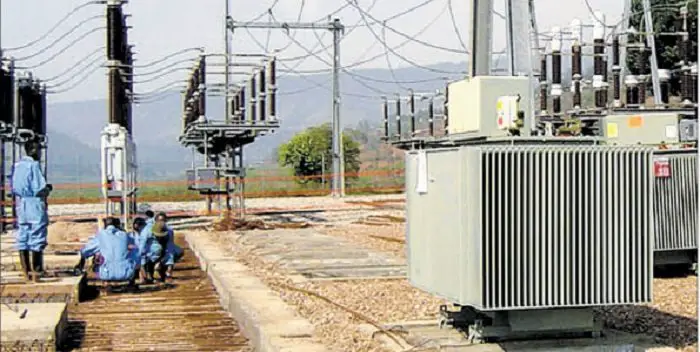Rwanda need as much as US$70m to bring down electricity losses in the network currently running at 23% to 15% by 2017. This is according to the Rwanda’s power transmission and distribution utility Rwanda Energy Group.
The nation has drafted a bill that includes the required funds for the new transmission lines, substations and rehabilitation of other equipment like transformers which were installed in the 1970s.
According to Jean Bosco Mugiraneza, CEO of Rwanda Energy Group (REG), feasibility studies have been finalised and upgrading transmission lines around Kigali is expected to commence as soon as funds become available.
While new generation capacity continues to come online, the transmission and distribution networks run largely on old substations and transmission lines that need to be replaced, some having been in service for more than 40 years.
Aged equipment accounts for at least 15% of the losses, while commercial losses contribute to between 3%-8% of the total system losses. This rate falls outside the globally acceptable range of 10% and translates into more than US$10m per annum.
“We are putting up strategies that will help us address mainly commercial losses by reforming our commercial department, smart metres in the network, curb illegal connections as well as people bypassing cash power meters,” said Jean Bosco Mugiraneza.
Being listed in the same bracket as counterparts in East Africa, Rwanda is among Kenya, Uganda and Tanzania whose power loss is way above the global average. In Uganda, power distributor Umeme has seen power losses increase marginally from 19.1% at the end of 2015 to 19.2%, after earlier gains associated with installing prepaid meters.
According to REG if the power situation in Rwanda is not addressed with immediate effect the gains from the new generation capacity coming onto the grid could be undermined as the country races to have 70% of its population connected to the grid by 2018.
Technical studies conducted on the grid concluded that the losses could rise further after additional generation since the existing network might not cope with the additional load required by the new developments in the country.
However, apart from the strategies aimed at curbing commercial losses, on-going privatisation of small hydropower plants could pave way for their infrastructure upgrade, rehabilitation as well as production boost.
The persisting power losses are blamed on the disparity between the available generation capacity and the volume that reaches the consumers.
For instance, while operational highlights for the year 2013/2014 indicate that the total electricity supply stood at 531,585,002 KWh, only 340,563,556 KWh was consumed. The country’s total power generation stood at 185MW at the end of 2015.
Energy Development Company, Managing Director, Emmanuel Kamanzi, said that, a subsidiary of REG recently told Parliament last week that the disparity could not entirely reflect the power losses given the low demand experienced during the better part of the day and internal consumption.

